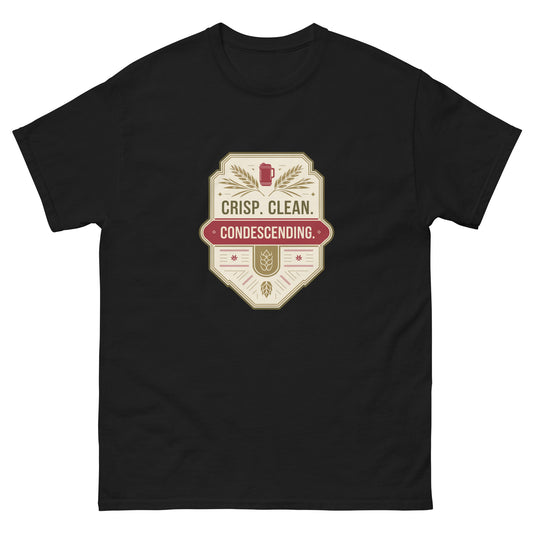How I Brewed My First Perfect Stout with Coopers Original Stout in Just 7 Steps
Share
Mastering My First Stout: The Journey to a Perfect Brew
Brewing my own beer felt like stepping into a long-standing tradition. The first time I cracked open a cold stout I had made myself, the satisfaction was off the charts. But getting there? That took a handful of mistakes, plenty of learning, and a trusty can of  Coopers Original Stout. If you're dreaming of brewing a rich, dark stout with notes of coffee and chocolate, you’re in the right place.
Coopers Original Stout. If you're dreaming of brewing a rich, dark stout with notes of coffee and chocolate, you’re in the right place.
Step 1: Gather the Essentials
Like any good project, brewing starts with the right tools and ingredients. I made sure to have my fermenter, airlock, sanitiser (don’t skip this one!), and of course, Coopers Original Stout. This 1.7kg brew comes with deep roasted malt flavours and a smooth, dry finish. Perfect for the stout experience I was aiming for.
Step 2: Stirring Up the Magic
The first time I brewed, I underestimated just how important it is to mix everything thoroughly. To start, I dissolved my malt extract in about two litres of hot water. This step is key to breaking down the syrupy thickness of the stout mix without clumps. Once smooth, I transferred it into my fermenter and topped it up with cold water until I hit the 23-litre mark.
Step 3: Yeast – The Secret to Fermentation
Then came the moment of truth—sprinkling in the yeast. This tiny yet mighty ingredient kickstarts fermentation, converting sugars into alcohol while building those roasted, malty flavours. After giving it a gentle stir, I popped on the lid and placed the fermenter in a cosy spot, around 18–22°C. Too warm? You risk odd flavours. Too cold? Fermentation drags on forever.
Step 4: The Waiting Game
This was the hardest part—patience. Fermentation takes about a week, but I wasn’t rushing it. Bubbles in the airlock? Check. Thick foamy head forming? Another check. My stout-to-be was alive and developing those bold characteristics I wanted.
Step 5: Bottling Day
After about ten days, fermentation signs slowed to a stop. Time to bottle! I primed each bottle with a carbonation drop (or a spoon of sugar) before siphoning the dark, rich liquid into sterilised bottles. Capping them off felt like sealing a promise of flavour.
Step 6: Conditioning for Perfection
At this stage, the beer was good, but not great. It needed time—at least two weeks—to develop body and smooth out those flavours. Coopers Original Stout is one of those brews that rewards patience. Try it young, sure, but letting it age for a few months sets it apart from anything store-bought.
Step 7: The First Taste
The final step? Pouring that deep, dark pint with anticipation. The aroma hit first—coffee, dark chocolate, and roasted grains. The mouthfeel was incredible, exactly what I’d hoped for. Smooth, bold, and balanced with a dry finish that had me reaching for another sip. This wasn’t just any beer—I made this.
My Biggest Takeaways
- Mix well: A smooth brew starts with thoroughly dissolving malt extract.
- Yeast matters: Keep temperatures steady for a clean fermentation.
- Patience is key: The best stouts are those that have had time to mature and develop complex flavours.
Coopers Original Stout gave me a solid starting point, and now I’m already thinking of tweaking my next batch. A bit of extra malt? Maybe experiment with different aging times? The beauty of homebrewing is that learning never stops.
Here’s to the next round—cheers!

Stay Connected
Join our homebrewing community: Beer and Barrel Society on Facebook
Follow our Facebook Page: Strathalbyn H Hardware on Facebook








